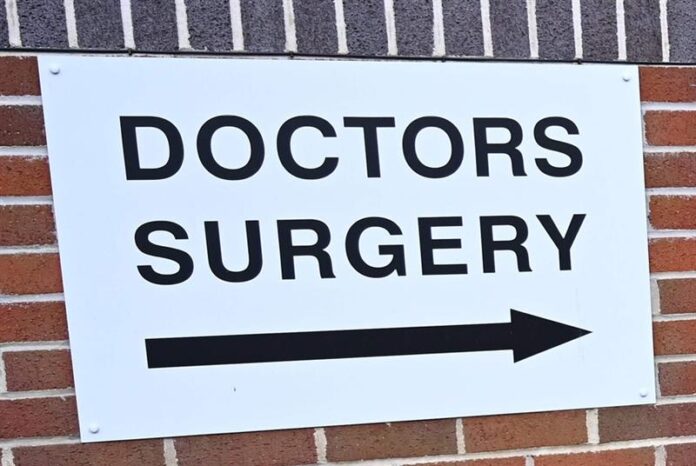The majority of NHS regions experienced a steady rise in GP turnover between 2007 and 2019, according to a new study by University of Manchester academics.
During the period studied, the proportion of practices with high turnover (10% to 40% within a year) almost doubled from 14% in 2009, to 27% in 2019.
However, the proportion of practices with very high turnover (above 40%) remained stable at around 8%.
The study assessed changes in turnover, since high turnover is a marker of poor fiscal and organisational “health”.
Turnover costs are attributed to GPs leaving the profession, when it costs approximately £250,000 to fully train a GP, to the rehiring process, and to the length of time a GP needs to be familiarised with the processes and needs of a new practice.
The paper is published in BMJ Open and supported by the Health Foundation through the Efficiency Research Programme.
Practices in the most deprived areas had higher turnover rates compared to practices in the least deprived areas.
The team calculated turnover by rates and region using NHS data from all English general practices which numbered 8,085 in 2007 and 6,598 in 2019.







